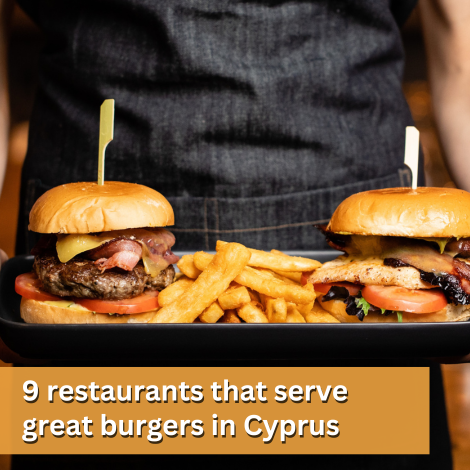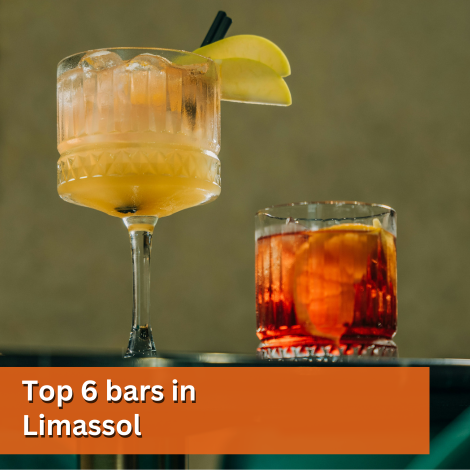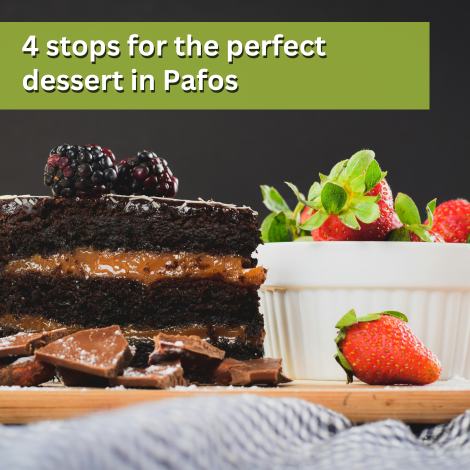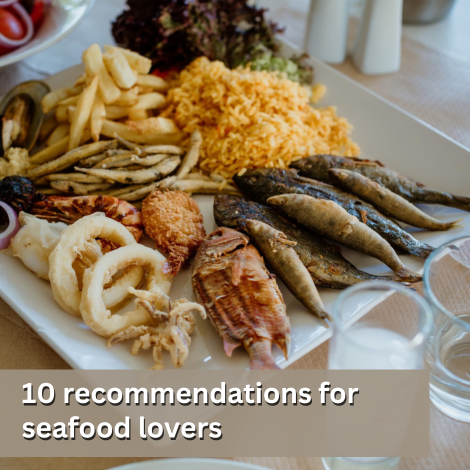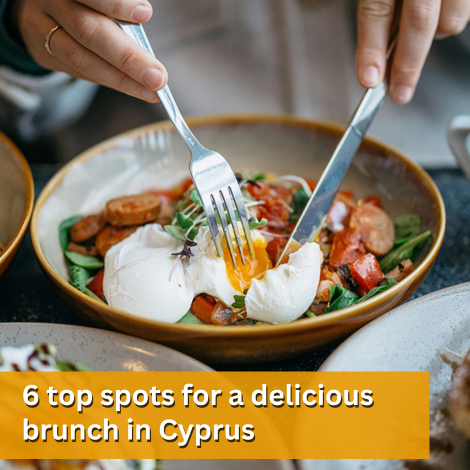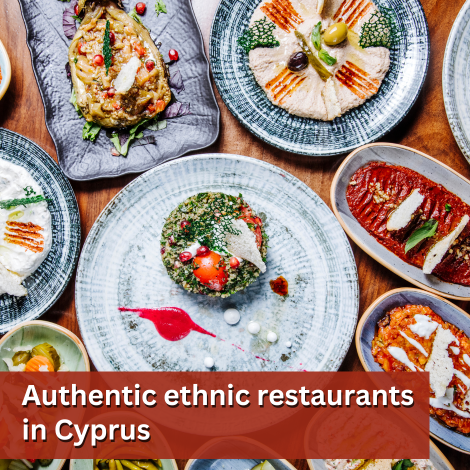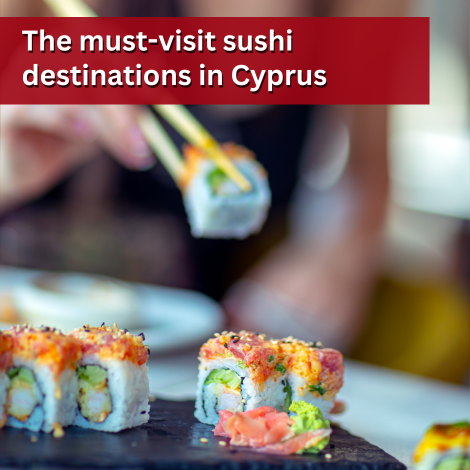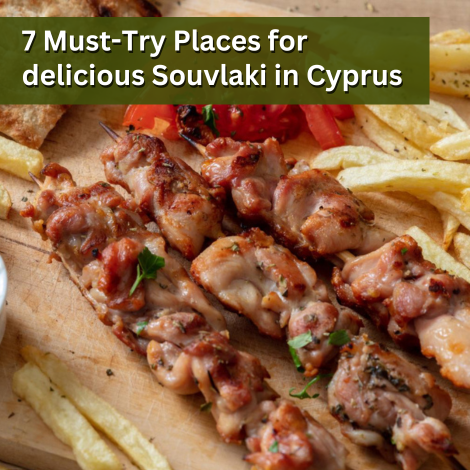Foinikaria
Like the ancient bird, phoenix, that is reborn from its ashes
Foinikaria is a village of Limassol that is about 14 km away. It is a village built next to the dam of Germasogeia at an average altitude of 70 metres.
The area is divided by the small tributaries of the River Germasogeia.
To the south they are bordered by Mouttagiaka, in the southwest with Germasogeia, in the west with Akrounta, in the north with Prastio Kellakiou and in the east with Armenochori.
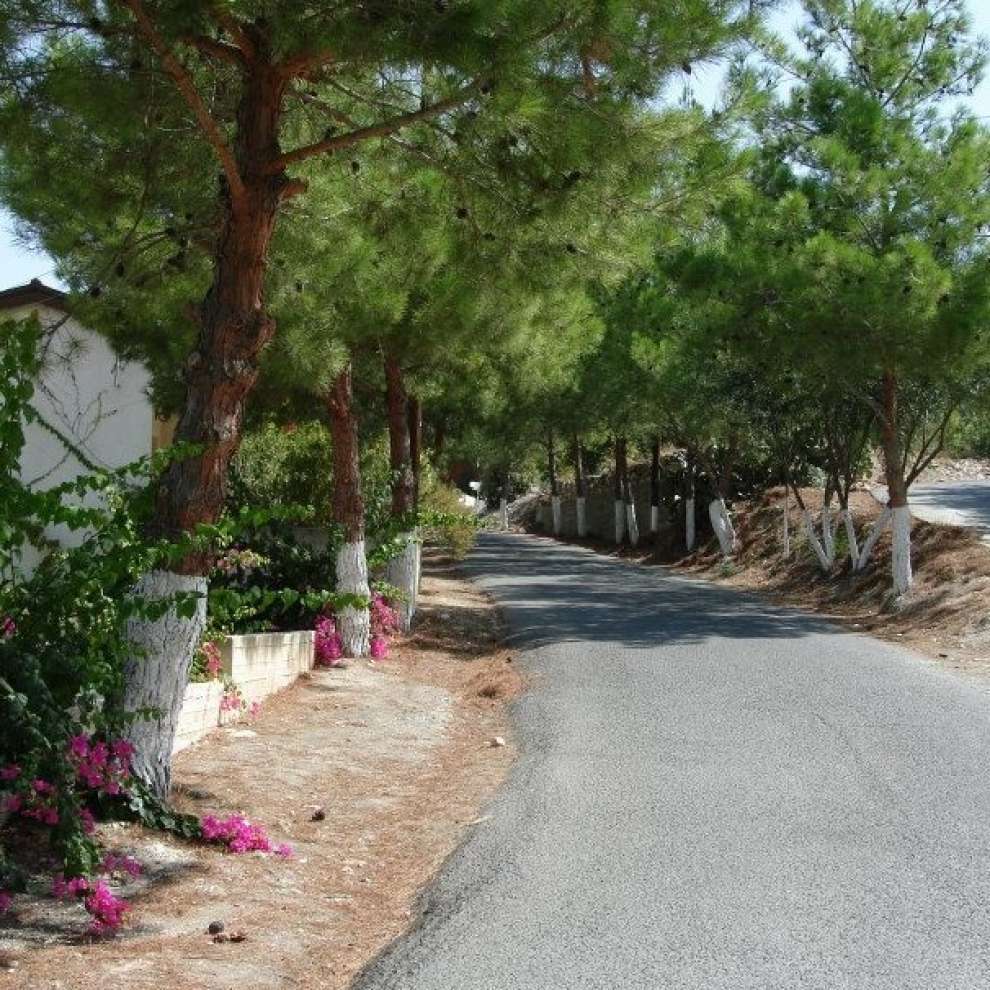 Photo: Φοινικάρια 50 Χρόνια Μπροστά
Photo: Φοινικάρια 50 Χρόνια Μπροστά
The History of the Village:
It is speculated that the village of Foinikaria was founded in Byzantine times. However, the village certainly existed during the Medieval times. In older maps it is marked as Phinica, as Einicaria and as Emicaria on a map of the Venetian era. We do not know whether the Foinikaria was a feud of a noble family. It is believed that the village of Foinikaria may have belonged to the kingdom of Amathus in antiquity since it is a short distance from the ancient city.
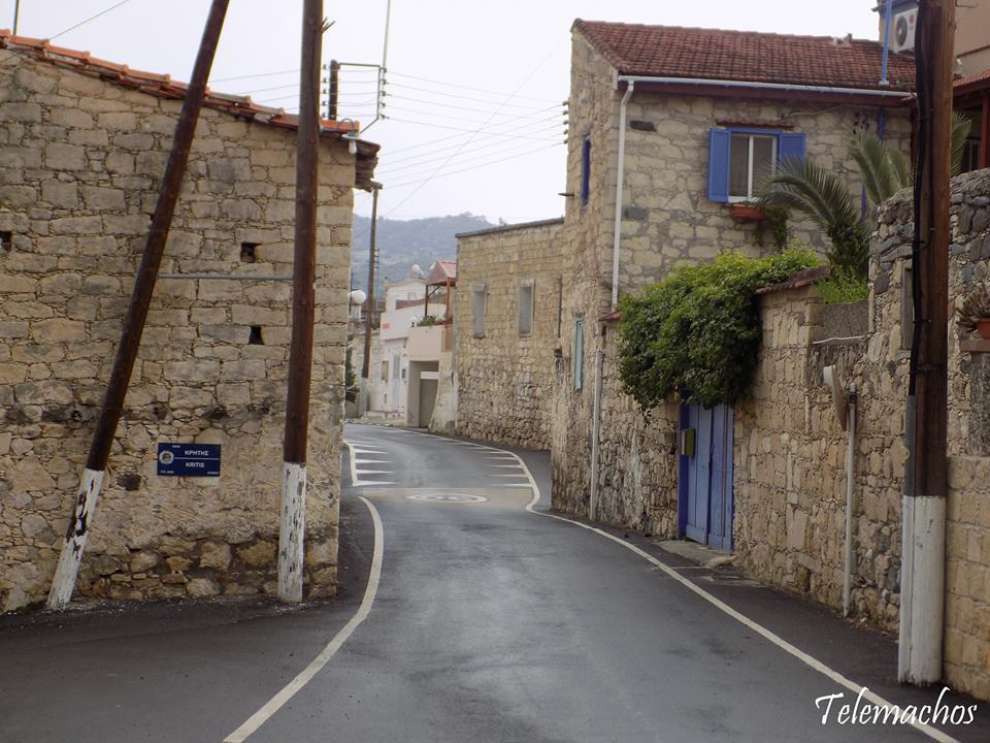 Photo: Telemachos
Photo: Telemachos
The name of the Village:
There are three versions of how the village got its name. According to the first and most prevalent version based on the so-called older inhabitants of the village, it is argued that the village of Foinikaria often received raids until it was completely destroyed by a great fire. One kilometer south of the village there is an area written on maps as “Kameno Chorko” (burnt village). It is believed that there was the old village "Foinikaria". So its name comes from the ancient phoenix bird (greek: Φοίνικας πουλί – sounds aprox. like ‘finikas’) that is reborn from its ashes.
A second version states that its name came from the palm tree (Foinikia in Greek). Finally, a third version reports that Foinikaria was built by the inhabitants of a seaside village that according to medieval maps was located to the east of the estuary of the river Germasogeia, which on old maps is marked as "Einikas". At the beginning of the great Arab raids the villagers moved to the hinterland for protection and named their village Foinikaria, probably linking it with the ancient Phoenicians.
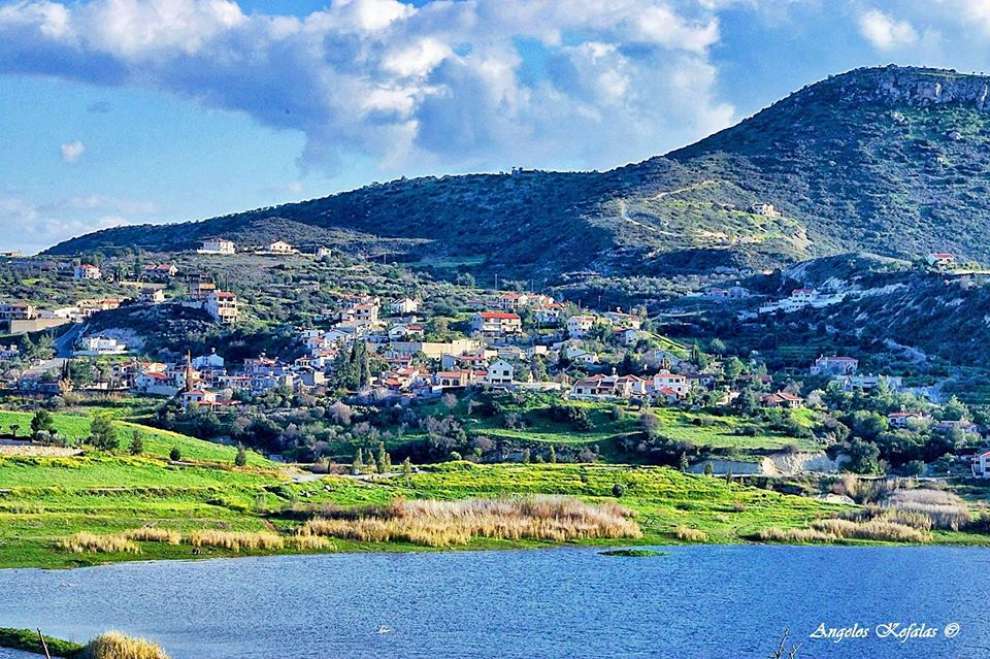 Photo: Angelos Kefalas
Photo: Angelos Kefalas
Churches and attractions:
Walking in the village of Foinikaria you will see the main village church dedicated to the Panagia Chryseleousa, a building that is said to be from the 19th century and it is believed to have been built in 1835. Additionally, the visitor can take the Saint Luke holy water from a rock to the right of the river of Germasogeia from where it flows. According to the testimonies of the villagers, there was a chapel dedicated to Saint Luke in the area of the source.
Beyond the churches in the village you will find a children's playground, an amphitheater, a community library and the dam of Germasogeia.
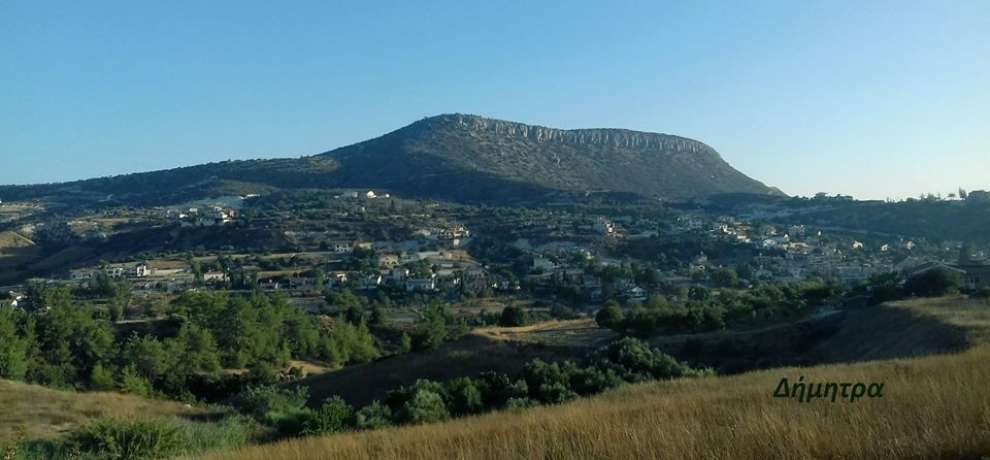 Photo: Demetra Trichina
Photo: Demetra Trichina
Population:
In 1881, the village of Foinikaria numbered 92 inhabitants, which until 1931 increased to 240. In 1946 they fell to 227 to reach 113 in 1982. In 1992 they were increased to 164. According to the census of 2011 the village numbered 339 permanent residents.
Crops and products:
Citrus fruits, olives and few cereals are grown in Foinikaria.
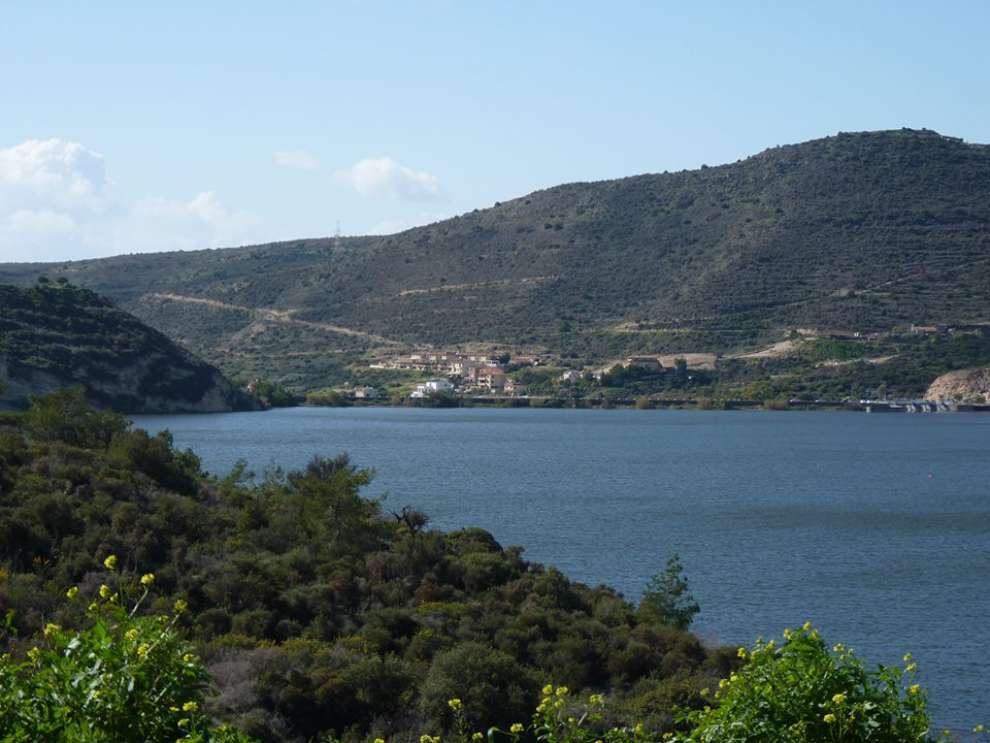 Photo: Φοινικάρια 50 Χρόνια Μπροστά
Photo: Φοινικάρια 50 Χρόνια Μπροστά
For the map of the area, click HERE

 English
English
 Ελληνικά
Ελληνικά Русский
Русский
